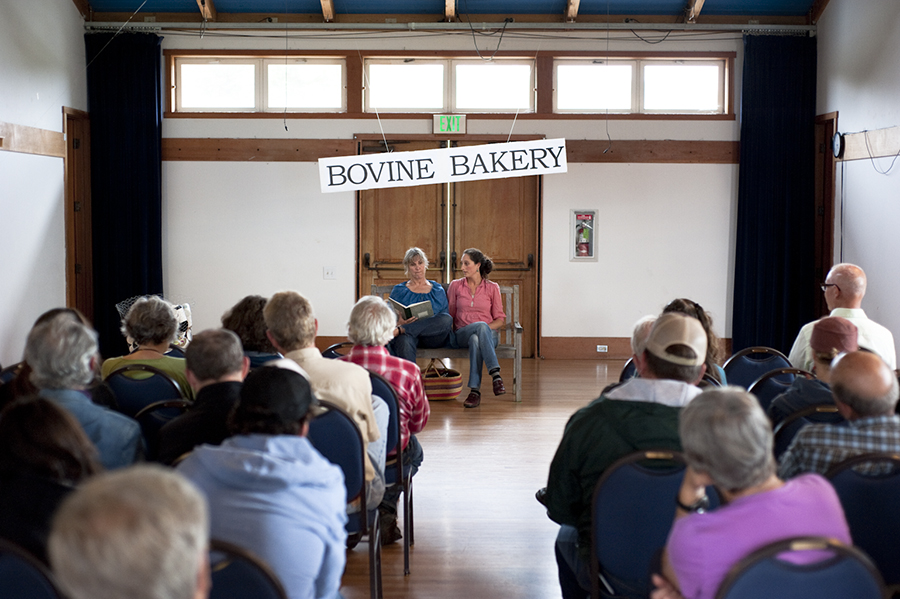Young denizens of West Marin voiced concerns on Sunday about the fate of their community, which they say is in danger of suffocating in . . .
Youth make appeal for housing


Young denizens of West Marin voiced concerns on Sunday about the fate of their community, which they say is in danger of suffocating in . . .